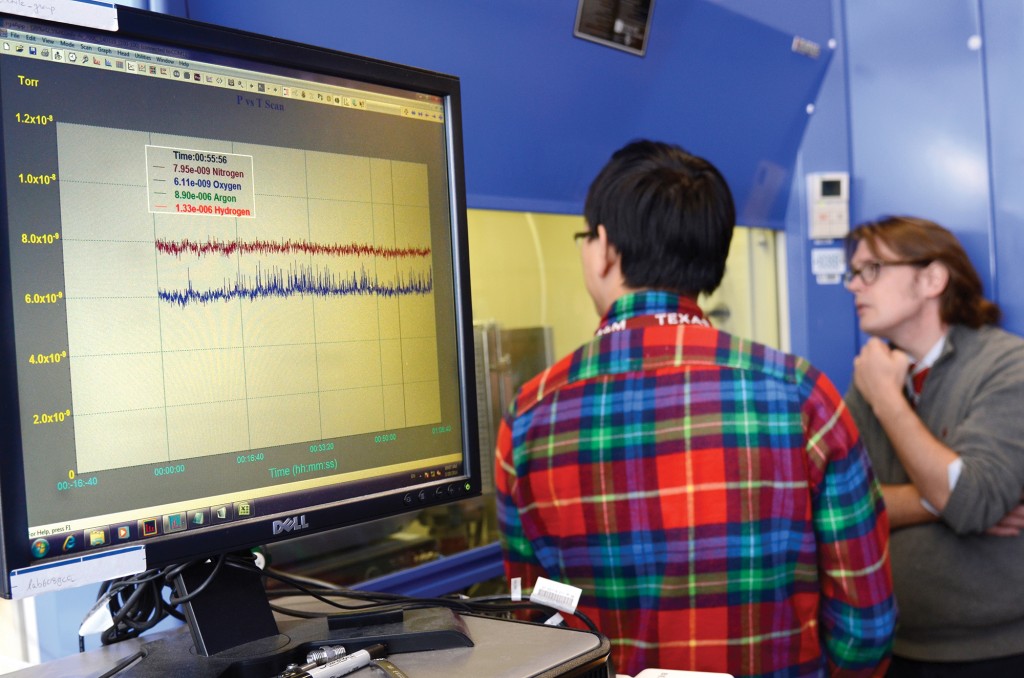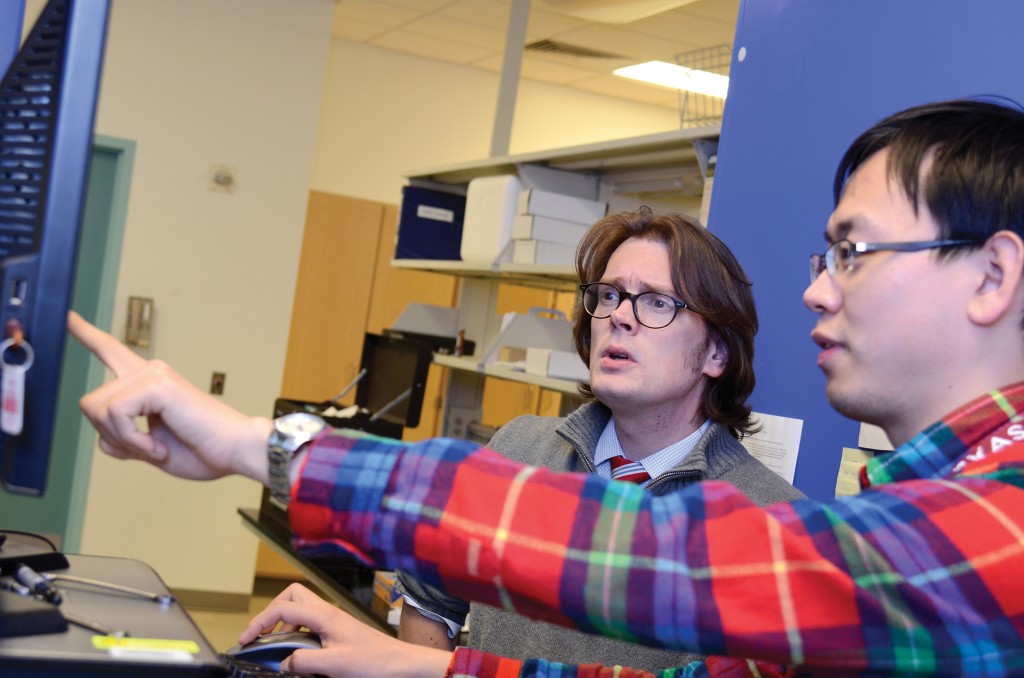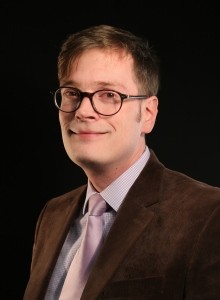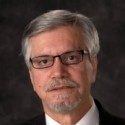For materials scientists, the promise of discovering the next new and transformative material is a dream that only requires matching the right elements together under the right conditions. Such a material could address or solve many issues in energy conversion, energy storage, or a host of other applications. Because there are innumerable combinations of elements and material states that could be used, if scientists and engineers want to efficiently minimize their number of iterations and attempts to create these new materials, computer modeling must be exploited.
To model the characteristics and behaviors of new materials, computer simulations attempt to predict how a material will respond to various stimuli or scenarios. Without sophisticated tools and a high inherent accuracy, these computer models are no better than the intuition of a skilled scientist. Therefore, broad-reaching and cross-cutting integrated ab initio (Latin: “from the beginning”) computational tools and models must be designed and tested for accuracy.
Dr. B.A. Wilhite, an associate professor in the Artie McFerrin Department of Chemical Engineering, along with Dr. Tahir Cagin, a professor in the Department of Materials Science & Engineering, are working to demonstrate that ab initio materials simulations are capable of providing an understanding of the chemistry, structure, and properties relationships for electroceramics. Wilhite is conducting chemistry-structure measurements and the in situ electrochemical characterizations, and Cagin is carrying out the ab initio modeling of the proposed materials system.

Specifically, the pair is investigating if density-functional theory (DFT) simulations can accurately model acceptor-doped electroceramics. DFT simulations can be used to simulate the energy surfaces in molecules and are useful in analyzing the potential of materials for use in energy conversion, energy transport, and in energy storage. Wilhite and Cagin will attempt to understand how chemistry and processing conditions dictate the microstructure and phase composition of the materials, they will scrutinize whether the composition and microstructure of electroceramics control the electrochemical properties of materials in larger quantities, and they will investigate whether surface composition and microstructure, combined with the general electrochemical properties, dictate the surface’s effect on chemical reactions (catalytic) activity.
Using that knowledge, Wilhite and Cagin hope to determine whether these new materials can be implemented rapidly and effectively to design and create new electroceramics that will lead to transformational advances in energy technology. Such an advancement, a reliable method of cyber-enabled discovery, will bridge the fields of electrochemistry, materials processing, and catalysis.

Focusing on iron-doped barium zirconates, such as Ba1-xFexZr1-yFeyO3, as a template and platform for demonstration, the feasibility of designing these materials for energy storage and gas processing will be determined. Potential energy storage applications in this route include the management of cyclic loads and capacities associated with next-generation solar power grids through large-scale reversible storage of electrical energy in chemical form with reversible solid-oxide fuel cells. Gas processing applications include advances in natural gas processing and CO2 mitigation, as well as other electrolysis applications, including CO2 sequestration and/or monetization as hydrocarbons.
Expanding this investigation further, the simulations, when coupled with the measurements and characterizations, will be combined with optimization and systems analysis to create a “tripod” of development. In this way, Texas A&M researchers will be able to take new materials Dr. B.A. Wilhite and doctoral student Haomiao Zhang discuss experimental resultsfrom concept, to modeling, to characterization, to optimization, and then to final characterization all within the university, in shorter time-scales and with fewer resources than ever before.


